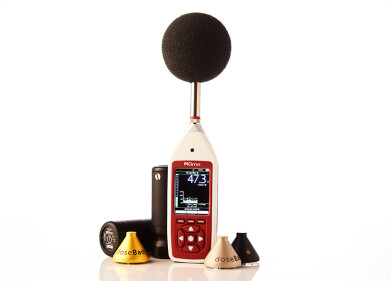Health & safety
What Is Inorganic Mercury?
Mar 16 2022
With the periodic table symbol Hg, mercury is widely considered as one of the most toxic heavy metals in the world. Inorganic mercury occurs abundantly in the natural world, most commonly in mineral form as cinnabar and metacinnabar. Meanwhile, inorganic mercury compounds and salts are created when elemental mercury reacts with any element other than carbon (since reaction with carbon produces organic mercury).
Some of the most commonly found inorganic mercury compounds include mercuric chloride, mercuric oxide and mercuric sulphide. These usually take the form of a white crystalline powder and can leach into soil after the erosion of rocks containing them, be transported great distances in water or emitted into the air when ores which host them are mined. Other sources of emission include coal-fired power stations, incineration of municipal and medical waste and factories or wastewater treatment plants which handle mercury as part of their operations.
Historic and current uses of inorganic mercury
Certain types of inorganic mercury (particularly mercuric chloride) have a lengthy history of use in consumer products. For example, the substance was once widely used to produce various types of medicinal creams, powders and treatments, such as laxatives, teething balms and worming tablets. It has since been replaced by other substances which are both safer and more effective in their role.
However, the substance is still commonly used in a number of other products and processes. It’s a popular disinfectant, fungicide and wood preservative, while it’s a chief ingredient in many skin creams and soaps. Mercuric sulphide, on the other hand, is often used as a dyeing agent in paints or tattoo ink. This, despite the fact that exposure to inorganic mercury is widely accepted as toxic to human health.
What are the human health effects of inorganic mercury exposure?
Humans are most commonly exposed to inorganic mercury if they work in a location where the salts or compounds are present. By and large, this means power stations, industrial manufacturing sites and chemical and metal processing plants, as well as mining operations. However, those who do not work with inorganic mercury directly are still at risk of exposure if they use creams, soaps, antiseptics or other dermatological products containing it. Meanwhile, some cultures use inorganic mercury salts as part of religious and ritualistic practices, as well as herbal remedies, which constitutes another avenue of exposure.
By the nature of their use, most exposure to inorganic mercury compounds occurs on a regular basis over a prolonged period; for example, via the daily application of dermatological products. It has been found that this type of activity can result in skin irritation and rashes in milder cases. In more extreme ones, it can cause complications with renal functioning, memory loss and other associated neurological issues. If ingested, inorganic mercury targets the digestive system and the gastrointestinal tract in particular. If untreated, it can cause death on rare occasions.
For more information on the human health impacts of inorganic mercury exposure and how the substance is emitted into the atmosphere, interested parties are encouraged to virtually attend the International Conference on Mercury as a Global Pollutant (ICMGP). The event will take place online from the 25th to 29th July 2022 and more details can be found at the link above.
Digital Edition
IET 35.2 March
April 2025
Air Monitoring - Probe Sampling in Hazardous Areas Under Extreme Conditions - New, Game-Changing Sensor for Methane Emissions - Blue Sky Thinking: a 50-year Retrospective on Technological Prog...
View all digital editions
Events
Apr 29 2025 Edmonton, AB, Canada
May 06 2025 Nuremberg, Germany
May 10 2025 Karachi, Pakistan
May 11 2025 Vienna, Austria
May 11 2025 Seoul, South Korea













_(4427399123)-(2).jpg)





